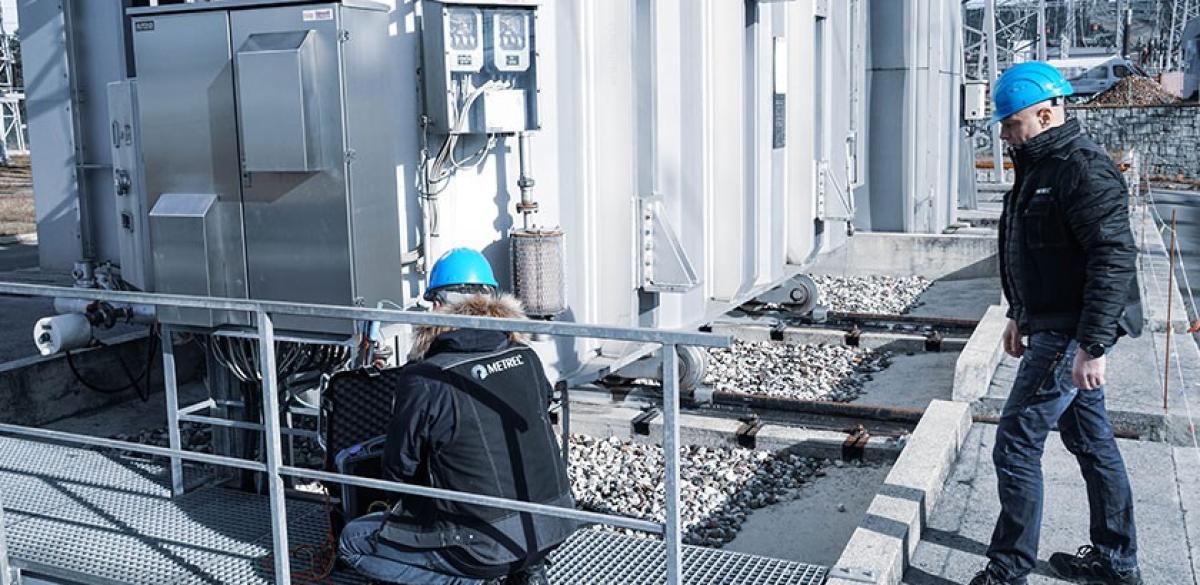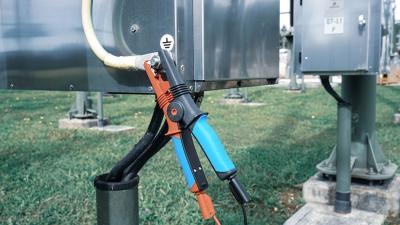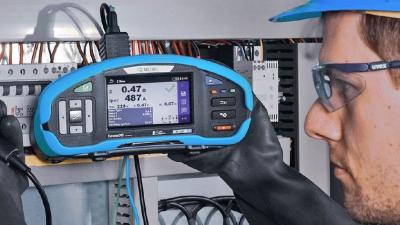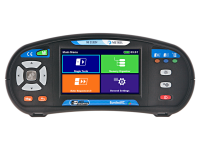Substation electrical safety
Low voltage electrical installation safety

Local substation - Large facilities, from factories to hospitals, often have their own substation. It can be more effective for large consumers to maintain the transformer, that reduces distribution voltage to local voltage, in house. The substation houses the step-down transformer, primary switching panels and primary overvoltage/overcurrent protection. Its design is dependent on the power requirements and the location on the campus. They tend to be in the proximity of buildings they service.
Design - The utility company will specify to the substation owner the particular types of transformers to use in order to protect the network from distortion and imbalance. With the exception of some applications (e.g. welding), the transformers should have a delta-wye configuration and use oil for cooling. Agreement has to be reached on acceptable power in respect to the power of the local distribution network. The customer has to decide on the number of transformers and their configuration regarding the power needs, required reliability and cost. Above the power of 1000 kVA, provision of two transformers is necessary. Some typical configurations include a single transformer, two with one spare, two in parallel, two simultaneously working but separate transformers, etc.
Earthing - Local substation has an electrode type earthing system installed directly beneath its footprint, regardless of its location. Possible designs include electrode mat directly under the floor slab (in within the foundation of the building), pocket design, or a copper strap. The electrodes must be 3 or less meters apart and connected in a cable type grid.
The substation earthing system must be independent and separated from earthing systems of other parts of the building and from any lightning protection systems.
Switching and protection - Protective devices depend on power of the transformers and its coolant. A dry type has to be more carefully protected from overstress and overheating, but it presents a smaller fire hazard. Shunt trips are used close to dry type transformer to shut them off in case of dangerously high temperatures. Protection is partly integrated in standard ring main substations that house both switchgears and circuit breakers or fuses. Combined devices that can isolate the transformer and protect it from unexpected events can be used.
Environment - The indoor substations with power in excess of 1500 kVA or higher have to be mechanically ventilated. Natural ventilation is insufficient. The transformers have to be safely distanced from walls and other equipment, the distance depending on their power. The specified operating temperature of the equipment has to be maintained. Large transformers are designed for slightly higher operating temperatures. Illumination has to be adequate for any workers to do their job safely. There are strict regulations on distancing from bare live cables and the use of safety barriers to keep workers as safe as possible.
Measurements
MI 3155, combined with MI 3144, can perform all the necessary tests for confirming safety and functionality of a substation. MI 3144 provides high test currents necessary for thorough testing of bonding continuity, trip-out protection and earthing tests with clamps, while MI 3155 by itself supports voltages up to 2500 V for insulation tests. Overcurrent and overvoltage protection can be tested as line and loop impedance tests, where MI 3144 provides test current up to 300 A. MI 3155 supports 4-wire impedance testing on live transformers, making the test less costly to execute. Its 4-wire continuity testing allows for very accurate results, particularly in combination with higher currents that the impedance adapter provides, and its automatic polarity reversal during measurement. Illumination of the workspace can be measured using the Luxmeter accessory A 1172 for MI 3155.















